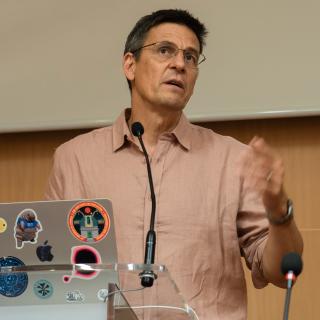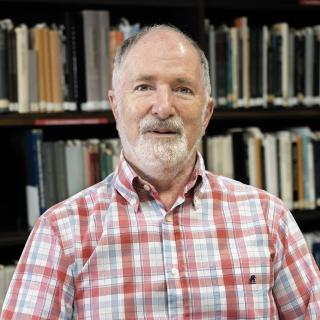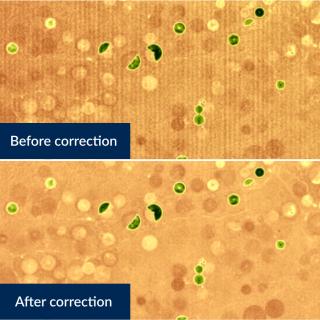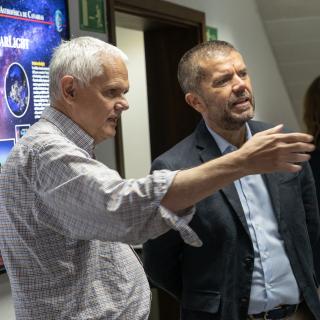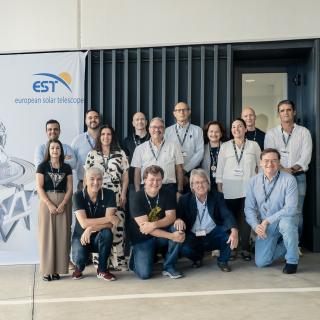
The European Solar Telescope (EST) project has reached a decisive stage, with the completion of the PDR (Preliminary Design Review) of the Buildings and Civil Works, which was given a very positive evaluation by the panel of experts. This marks the start of the detailed design and construction phase of the infrastructure which will house the largest solar telescope in Europe. The review, which began on September 2nd, concluded with in-person meetings on October 21st and 22nd at the IACTEC facilities in Tenerife. During these sessions, experts in different fields discussed the main aspects of
Advertised on
